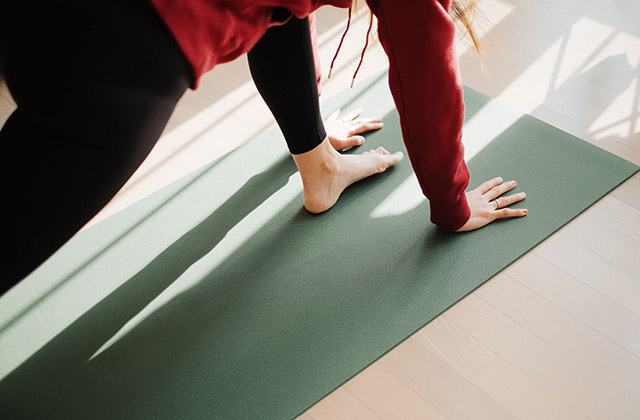Pilates Northern Beaches promotes a low-impact workout that strengthens your core and improves flexibility. It’s no wonder why it’s one of the most popular fitness trends in the world. If you’re interested in trying out this exercise, here are some foods to eat more of if you do Pilates.
Pilates can be done at home or at a studio, but for maximum effectiveness, it’s best to work with a personal trainer who can teach you proper form. The following foods will help fuel your workouts and give you an energy boost:
Fish. Fish is rich in omega-3 fatty acids that improve blood circulation, which increases oxygen flow to muscles during exercise. Cooked fish is easier on digestion than raw fish, too!
Avocados. Avocados are full of healthy fats and have been shown to improve digestion as well as reduce symptoms of constipation. They also contain vitamins B6 and C, which are great for immune system support during workouts!
Beans and legumes. Beans are a good source of protein and fiber — two nutrients that can help keep blood sugar levels stable while exercising. They’re also high in folate and magnesium, two nutrients that play important roles in muscle function.
If you’re a Pilates enthusiast, you know how important it is to eat well. After all, this is a form of exercise that focuses on strengthening your core, and strong abs are built in the kitchen.
The following foods are ideal for eating before or after a session, or even during one.
Apples
This fruit is high in fiber and pectin (a soluble fiber), which can help reduce cholesterol levels and lower blood pressure. Apples also have the antioxidant quercetin, which may prevent cancer and boost immunity.
Broccoli
Broccoli contains sulforaphane — a compound that helps prevent DNA damage from free radicals. It also has vitamin K1 and vitamin C, both of which are antioxidants that protect against damage caused by free radicals.
Salmon
Salmon is rich in omega-3 fatty acids, which can help decrease inflammation in the body. It also contains selenium — an antioxidant that protects cells from oxidative damage — as well as B vitamins such as niacin and B6, which help keep your nervous system functioning properly (and keep your energy levels up).
The following foods are known to help boost energy levels and aid digestion:
• Beans (kidney beans, chickpeas and lentils) are a great source of fiber and protein, which helps keep you fuller for longer. They also contain healthy carbohydrates that fuel your workouts without upsetting your blood sugar levels.
• Dark chocolate contains magnesium, which helps improve muscle function during exercise by relaxing muscles and improving blood flow. It also contains flavonoids that may help reduce inflammation after an intense workout session.
• Bananas are rich in potassium — an electrolyte lost through sweat during exercise — which helps prevent muscle cramping and improves circulation to tired muscles after exercising vigorously. They are also high in carbohydrate energy stores that can help fuel your workouts.
